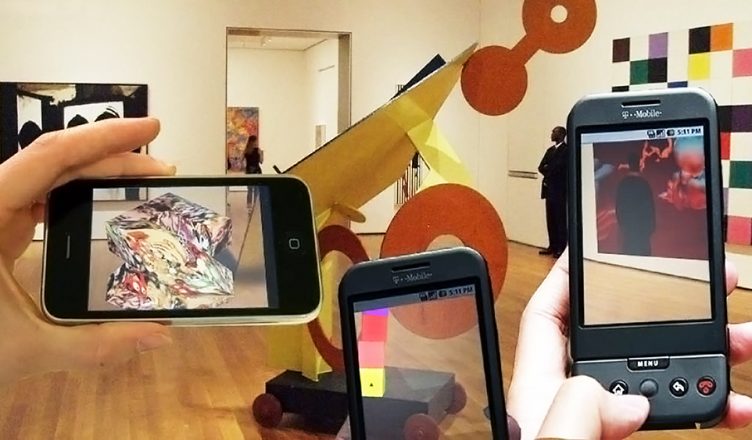Digitisation of cultural heritage turns Europe’s cultural resources into an important pillar of the digital economy. The EU Work Plan for Culture also raises the issue of digitisation of cultural content and suggests that digital services can foster the expansion of trans-European tourism networks. Massive digitization of ancient documents and artefacts is becoming a reality; according to new research conducted by Axiell, museums’ audience engagement strategies are focusing on digitisation of the collection as well as on the use of social media and informative websites to deliver public value and educational opportunities.
Developing mobile apps
Museums are also leveraging on technologies such as smartphones and tablets, with 33% citing that visitors can use their own devices to access a complete guide of the museum and almost 40% increasing their investment to do the same.
Within the context of the Mingei project, imaginary is developing a collection of mobile apps to preserve those Intangible Heritage Crafts that are part of the history and economic life of the areas and communities in which they flourished. Visitors will be accompanied in distant worlds experiencing customs and traditions to make them meet ancient crafts: the art of silk weaving (Haus der Seidenkultur, in Krefeld), the mastic cultivation and processing (Piraeus Bank Group Cultural Foundation, Greece) and the reproduction of a carafe from 1842 (Conservatoire National des Arts et Métiers – CNAM, Paris).
A new reality
These mobile apps will enrich the museum experience and contribute to guarantee visitors’ engagement thanks to the usage of Augmented, Virtual Reality. Augmented reality is the process of using technology to superimpose images, text or sounds on top of what a person can already see. It uses a smartphone or tablet to alter the existing picture. Users stand in front of a scene and holds up their device. It will show them an altered version of reality. Since 2010, an increasing amount of AR applications in the Cultural Heritage domain is recorded [1] representing one of the most significant benefits from a supply perspective because an increasing number of tourists are nowadays looking out for unique and memorable on-trip experiences [2].
On the other hand, Virtual Reality offers total immersion in a different reality and replaces what the user sees with an alternate reality and requires specialist technology, such as headsets, controllers and sensors.
With these technologies, combined with a powerful storytelling based on the contents provided by museums, imaginary will create a remarkable blend of historical artefacts, characters, activities to offer dramatic, emotionally engaging stories that can be experienced while at a cultural site or remotely.
In conclusion, the digitization of both tangible and intangible cultural heritage means to safeguard our living heritage bridging our past and our future: an important community-building practice, it helps to ensure the longevity of invaluable customs and practices and it validates life experiences of older members of a community.
1. Jung, T., & Han, D. (2014). Augmented reality (AR) in urban heritage tourism—eReview of tourism research. Manchester: Manchester Metropolitan University.
2. Yovcheva, Z., Buhalis, D., & Gatzidis, C. (2013). Engineering augmented reality tourism experiences. In L. Cantoni & Z. Xiang (Eds.), Information and communication technologies in tourism 2015. Vienna: Springer International Publishing.

